Description
What is GSM Dipole Antenna Rubber Duck Antenna?
The GSM Dipole Antenna CTRF-ANTENNA-AP-8221-13168-SMA-W is an Omnidirectional antenna SMA Omni dipole antenna intended for the GSM network Rubber Duck Antenna manufactured by C&T RF Antennas Inc.
The Dipole GSM antenna Rubber Duck Antenna with standard connector SMA male. Quadriband is compatible with GSM & 3G networks with an operating frequency of 850/900/1800/1900/2100 MHz.
In this GSM Dipole Antenna Rubber Duck Antenna style, we have a BLACK color version External GSM Antenna SMA for your choice.
What is a dipole antenna used for?
Dipole antennas are used in many areas, both on their own and as part of more complicated antennas where they can form the main radiating element.
They are used in many forms of radio systems from two-way radio communications links to broadcasting broadcast reception, general radio reception, and very many more areas.
The GSM Dipole Antenna is manufactured by C&T RF Antennas Inc, the GSM antenna manufacturer in China. we provide the RF antenna with other antenna radio frequencies such as 169MHz, 230MHz, 315MHz, 433MHz, 868MHz, 915MHz, Lora, VHF&UHF, NB-IoT, GSM, Wifi 2.4GHz, 5.8GHz, 2G 3G 4G LTE, GPS, 5G NR, UWB, etc.
C&T RF Antennas Inc provides the wireless antenna with many antenna types such as Dipole Antennas, Whip Antennas, Marine Antennas, Router Antennas, MIMO Antennas, PCB Antennas, FPC Antennas, Spring Antennas, etc.
Contact us for more details on the Omni GSM Dipole Antenna Rubber Duck Antenna such as the GSM Dipole Antenna Rubber Duck Antenna datasheet, GSM Dipole Antenna Rubber Duck Antenna pricing, and GSM Dipole Antenna Rubber Duck Antenna inventory.
Or other GSM antenna styles.
GSM Dipole Antenna Rubber Duck Antenna Specifications
GSM Dipole Antenna Rubber Duck Antenna Electrical Specifications |
|
| RF Antenna Type | Omni Antenna |
| Model | CTRF-ANTENNA-AP-8221-13168-SMA-W |
| Frequency Center | 824-960, 1710-2170MHz |
| Gain | 3dBi |
| VSWR | ≤2.0 |
| Impedance | 50 Ω |
| Polarization | Linear |
| Directional | Omnidirectional |
| Connector | SMA Male |
| Max Power | 50W |
| Lightning Protection | DC-Ground |
GSM Dipole Antenna Rubber Duck Antenna Mechanical Specifications |
|
| Dimension | 13*168mm |
| Weight | Approx. 20g |
| Radome Material | Plastic ABS |
| Operation Temperature | -20˚C ~ +80˚C |
| Storage Temperature | -40˚C ~ +85˚C |
| Color | White |
| Antenna Design | Dipole Array |
| Mounting | SMA Connector |
| SafetyEmission and other | RoHS Compliant |
| Applications | Public Safety/LMR/P25/TETRA, ISM/SCADA/Utilities, RFID, IoT/NB-IoT/LoRa/GPRS/GSM/2G/3G |
Omnidirectional Rubber Ducky Antenna Features


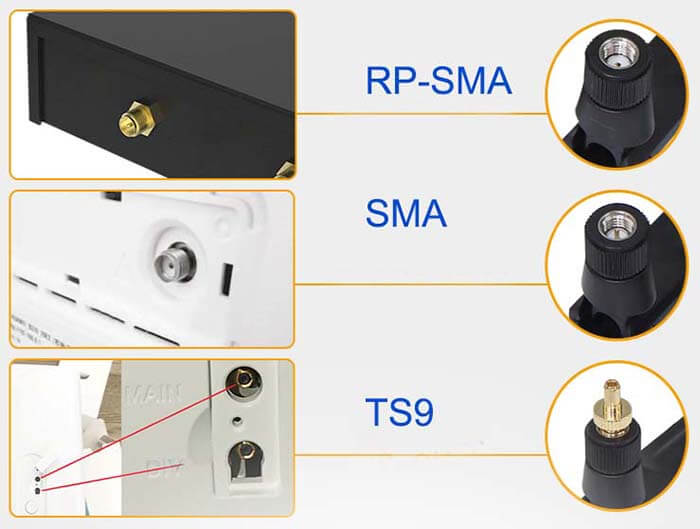
Rubber Duck Antenna Applications
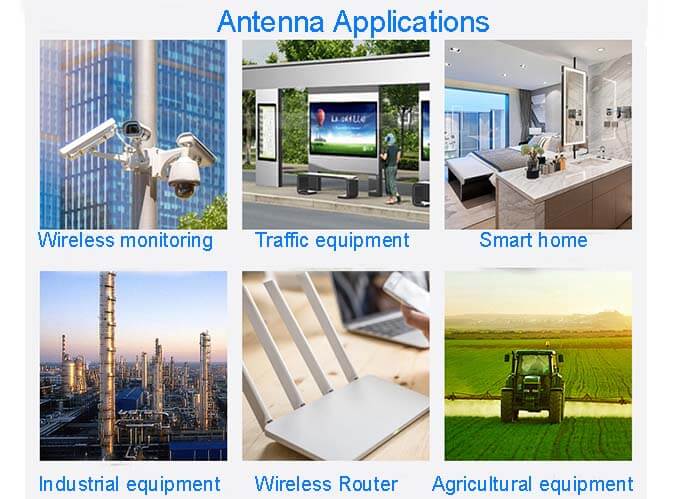
Currently, the two main GSM systems in China are GSM 900 and GSM 1800, which use different frequencies and therefore different phones.
However, most cell phones are basically dual-band phones that can switch freely between these two bands.
The system commonly used in European countries includes GSM 1900 in addition to GSM 900 and GSM 1800, and the phones are tri-band phones.
In China, with the further development of the cell phone market, there are now also tri-band cell phones, i.e. cell phones that can switch freely between GSM900, GSM1800, and GSM1900 bands, so that a cell phone can really travel around the world.
In the early days, the GSM900 was developed earlier and used more, while the GSM1800 was developed later.
Physical characteristics, the former spectrum is the lower, longer wavelength, and less penetrating, but the transmission distance is longer, while the phone transmits more power, and power consumption, so the standby time is shorter.
The latter has a higher spectrum, shorter wavelength, and better penetration, but a shorter transmission distance, and its cell phone has less transmitting power, so the standby time is correspondingly longer.

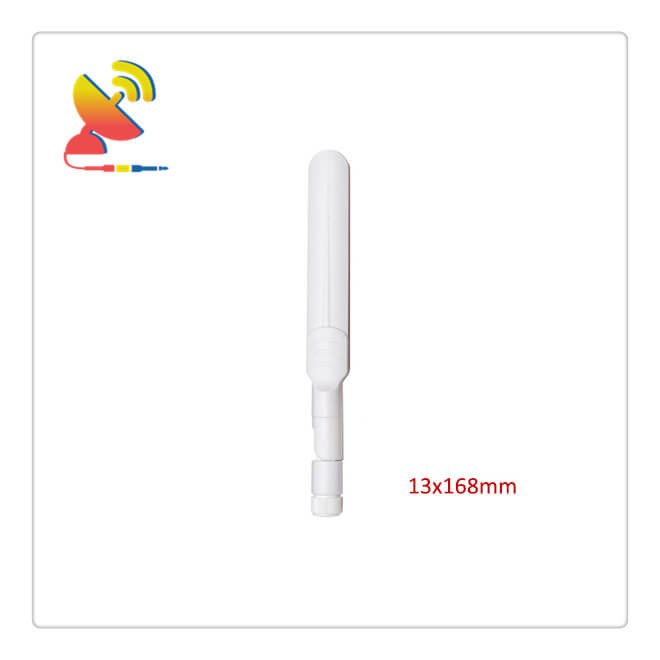

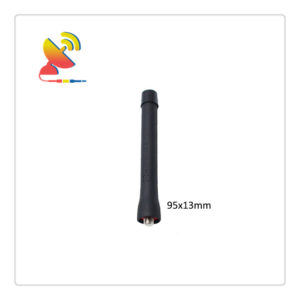
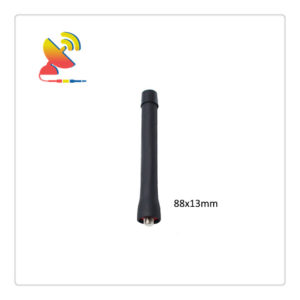
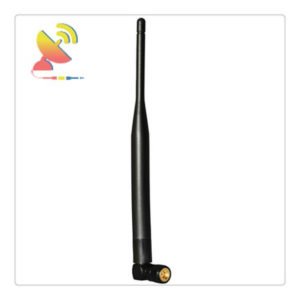
Reviews
There are no reviews yet.